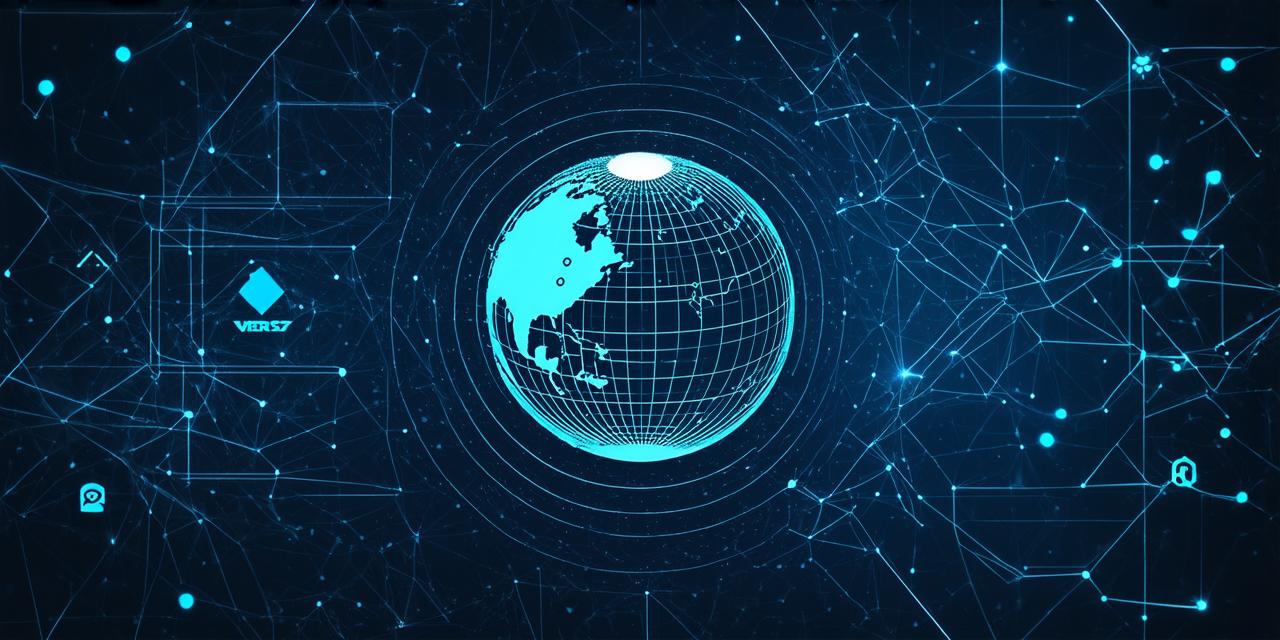Introduction: Understanding Decentralization in Blockchain
Decentralization is a fundamental aspect of blockchain technology. It refers to the distribution of power and authority across multiple nodes or participants in a network, rather than relying on a central authority or intermediary to manage transactions and maintain the integrity of the system.
Key Features of Decentralized System in Blockchain
1. Distributed Ledger: One of the key features of a decentralized system in blockchain is the use of a distributed ledger. This is a database that is maintained across multiple nodes in the network, rather than on a central server. The distributed ledger allows for transparent and secure tracking of transactions and ensures that all participants have access to the same data.
2. Decentralized Consensus: Another important feature of a decentralized system in blockchain is the use of decentralized consensus mechanisms. These are algorithms that allow multiple nodes in the network to reach agreement on the validity of transactions, without relying on a central authority or intermediary. Examples of decentralized consensus mechanisms include proof-of-work (PoW), proof-of-stake (PoS), and delegated proof-of-stake (DPoS).
3. Smart Contracts: Smart contracts are self-executing programs that run on the blockchain. They allow for the automation of complex business processes and can be used to enforce the rules of a decentralized system. Smart contracts enable the creation of trustless, transparent, and auditable systems without the need for intermediaries.
4. Decentralized Storage: A decentralized system in blockchain also uses decentralized storage. This means that data is stored across multiple nodes in the network, rather than on a central server. Decentralized storage provides greater security, scalability, and reliability, as it eliminates the risk of a single point of failure and ensures that data is always available to participants in the network.
5. Immutable Data: One of the key benefits of a decentralized system in blockchain is the immutability of data. Once data is recorded on the blockchain, it cannot be altered or deleted. This provides a high level of security and ensures that the integrity of the system is maintained.
Advantages of Decentralized System in Blockchain
1. Decentralization reduces the risk of centralization of power, which can lead to censorship, manipulation, and fraud.
2. Decentralization allows for greater transparency and security, as all participants have access to the same data and transactions are recorded on a publicly accessible ledger.
3. Decentralization enables the creation of trustless systems, without the need for intermediaries, thereby reducing transaction costs and increasing efficiency.
4. Decentralized systems are highly scalable and can accommodate a large number of participants and transactions.

5. Decentralized systems provide greater resilience against attacks, as they rely on a distributed network of nodes rather than a single central server.
Real-Life Examples of Decentralized Systems in Blockchain
1. Bitcoin: The most well-known example of a decentralized system in blockchain is Bitcoin, the first and largest cryptocurrency. Bitcoin uses a decentralized consensus mechanism (proof-of-work) and a distributed ledger to manage transactions and maintain the integrity of the system.
2. Ethereum: Ethereum is another popular blockchain platform that enables the creation of decentralized applications (dApps). Ethereum uses smart contracts to automate complex business processes and has its own consensus mechanism (proof-of-stake).
3. Hyperledger Fabric: Hyperledger Fabric is a blockchain platform designed for enterprise use. It enables the creation of private, permissioned networks that can be used for supply chain management, identity verification, and other applications. Hyperledger Fabric uses a decentralized consensus mechanism (proof-of-stake) and allows for the customization of smart contracts and transaction rules.
4. Filecoin: Filecoin is a decentralized file storage system that enables the creation of a peer-to-peer network of nodes that can store and share data. Filecoin uses a distributed ledger and a consensus mechanism (proof-of-stake) to manage transactions and maintain the integrity of the system.
Conclusion: The Future of Decentralized Systems in Blockchain
Decentralized systems in blockchain are transforming the way we store and manage data, and their use is expected to continue to grow in the coming years. As more organizations embrace blockchain technology, decentralized systems will become increasingly important for applications such as cryptocurrency, supply chain management, and voting systems.
In conclusion, a decentralized system in blockchain is a powerful tool that enables the creation of trustless, transparent, and secure systems without the need for intermediaries. Decentralization reduces the risk of centralization of power, provides greater transparency and security, and allows for the creation of highly scalable and resilient systems. As the adoption of blockchain technology continues to grow, decentralized systems will play an increasingly important role in shaping the future of data storage and management.
